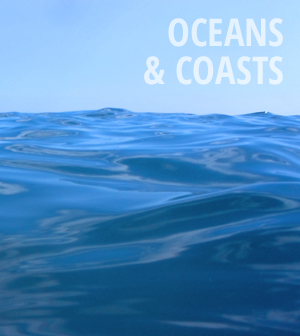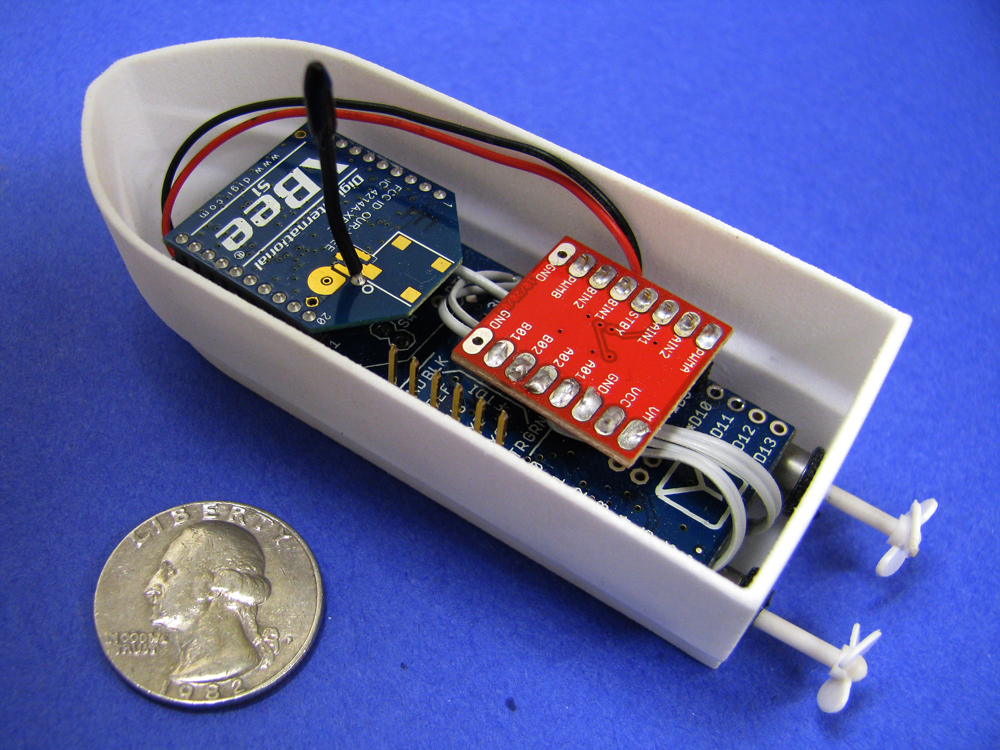Drexel University models ocean currents to find the ocean’s superhighways

From pirates and merchants to sailing enthusiasts, ocean explorers have long tried to predict where currents would lead them. Now the U.S. Navy is sponsoring a study to find an answer.
Researchers at Drexel University are delving into the behavior of ocean currents, starting their studies with theoretical, two-dimensional models. The school’s Scalable Autonomous Systems Lab is working to predict areas where strong ocean currents converge to form streams called flow boundaries. If they can predict the boundaries, unmanned vessels used by the Navy and others may be able to conserve energy and deploy longer.
“Things are a lot more complicated in the ocean,” said Ani Hsieh, assistant professor of mechanical engineering and mechanics. Hsieh, who also directs the school’s robotics program, says they want to develop tracking and mapping strategies for flow boundaries.
“It’s almost like they’re analogous to superhighways,” said Hsieh. “If we know where they are, we can be more efficient.”
The Navy provided ocean current models for specific regions. The Drexel team wants to stratify the different regions of interest, map current structures and implement the findings in real time using autonomous vehicles. Which is why the group is developing small, remote-controlled boats to get knocked around in custom tanks by spinning cylinders and turbines that mimic ocean currents.

Scalable Autonomous Systems Lab remote-controlled boat (Credit: Drexel University)
The tank where currents are created in Hsieh’s lab is relatively small, with a volume of four cubic feet. They’ll test the remote-controlled boats in a 100-cubic-foot tank.
“We built them in-house,” said Hsieh. “The tank has a three-dimensionality, but we’re only interested in surface currents.”
Hsieh is interested in the dynamical properties of the current patterns, specifically regions where Lagrangian coherent structures form. Knowing those properties will give a good idea of the transport potential the currents have and how deploying with their flow could save energy by allowing for longer deployments.
“A good example is the jet stream in the atmosphere. Different sides of the jet stream will exhibit different flow patterns,” said Hsieh. “In theory, if you start on one side of the boundary, it’s difficult to cross to the other side. Furthermore, these boundaries experience high currents – can you use robots to track them?”
Harnessing the natural energy of ocean currents could benefit researchers using autonomous vessels for monitoring, Hsieh says. But the tech needed can be expensive. An ocean glider can cost hundreds of thousands of dollars and needs a GPS system so its location can be known. They also need sensors to track currents so future movements can be predicted.
“It’s one thing to see where the current goes, it is another to predict them. But if we can track them, we can potentially predict the currents,” said Hsieh. “Let’s say an adversary goes into an area. You could estimate where they might end up. Another application is to track the transport of hazardous waste, such as an oil spill.”
The researchers are also interested in learning more about the effects flow boundaries have on acoustic propagation, noting the importance of communicating underwater to Navy submarines. Hsieh says the research is fairly new and findings so far are preliminary.
“We’re still learning and it’s exciting to us,” she said. Some of the work on Lagrangian coherent structures was only done in the early 2000s.





0 comments